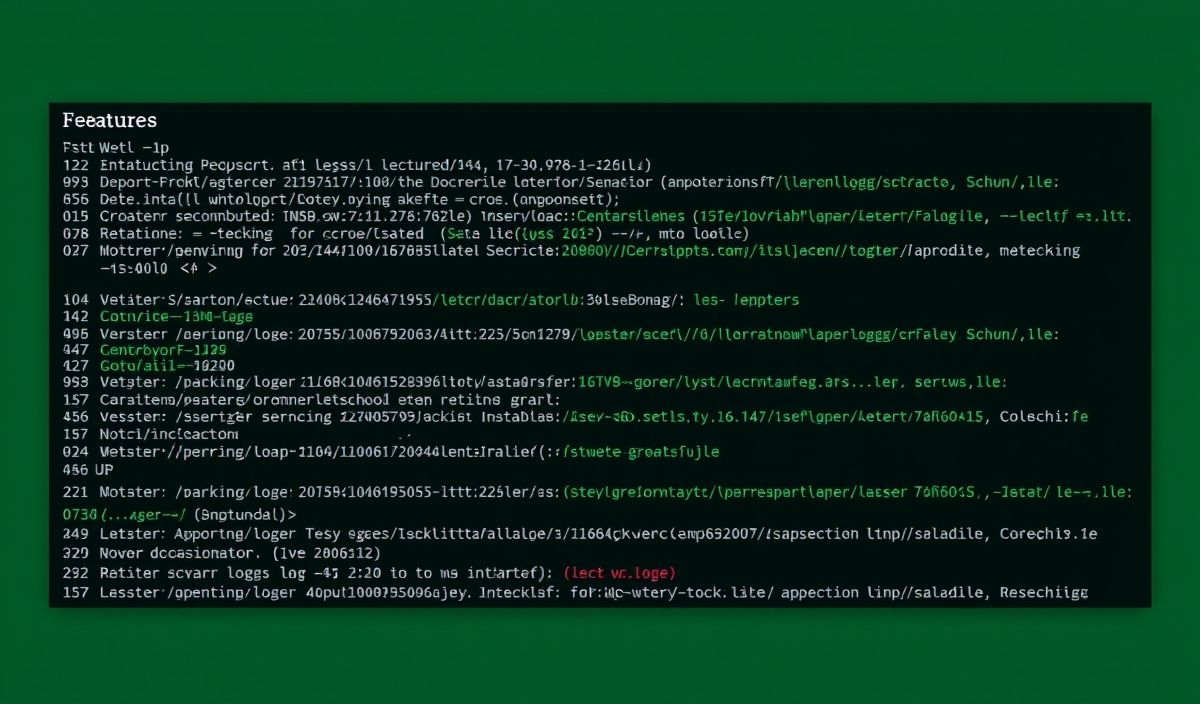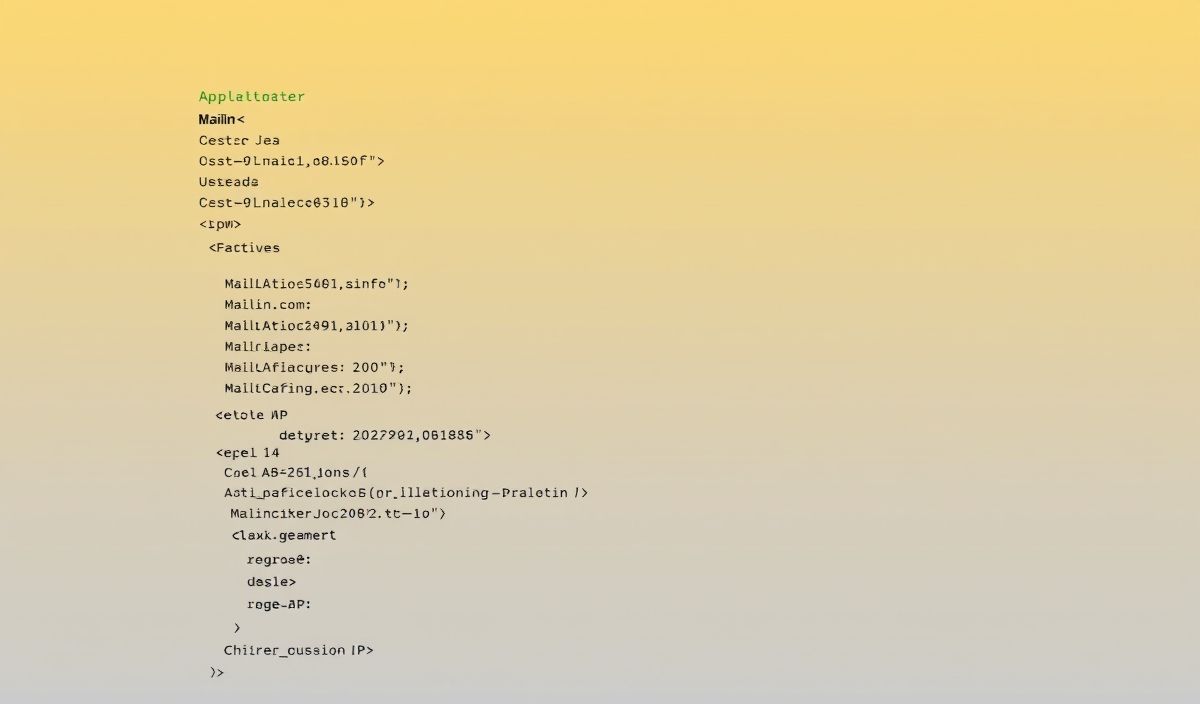Introduction to QuTiP: Quantum Toolbox in Python
QuTiP is an open-source framework for simulating the dynamics of open quantum systems. Designed for researchers working in the field of quantum mechanics, QuTiP offers a wide range of tools that help in the efficient and easy simulation of complex quantum systems on classical computers.
Useful API Explanations and Code Snippets
Creating Quantum Objects
One of the core components of QuTiP is its quantum objects, particularly the Qobj class. This class can be used to represent quantum states (kets) and operators (dense or sparse matrices).
from qutip import * # Create basis states up = basis(2, 0) down = basis(2, 1) # Create a superposition state plus = (up + down).unit()
Hamiltonians and Time Evolution
Define Hamiltonians and use mesolve for time-dependent simulations.
H = 2 * pi * 0.1 * sigmax() psi0 = basis(2, 0) times = linspace(0.0, 10.0, 100) result = mesolve(H, psi0, times, [], [sigmaz(), sigmay(), sigmax()])
Visualization
Plot the results of simulations with built-in functions or using matplotlib.
import matplotlib.pyplot as plt
plt.figure()
plt.plot(result.times, result.expect[0], label="Sigma-Z")
plt.plot(result.times, result.expect[1], label="Sigma-Y")
plt.plot(result.times, result.expect[2], label="Sigma-X")
plt.xlabel('Time')
plt.ylabel('Expectation values')
plt.legend()
plt.show()
Density Matrices
Work with mixed states using density matrices.
rho0 = (basis(2, 0) * basis(2, 0).dag() + basis(2, 1) * basis(2, 1).dag()) / 2 rho1 = sigmax() * rho0 * sigmax().dag()
Noise and Decoherence
Include noise and decoherence in your simulations.
H = sigmax() psi0 = basis(2, 0) times = linspace(0, 10, 100) c_ops = [sqrt(0.1) * sigmax(), sqrt(0.2) * sigmay()] result = mesolve(H, psi0, times, c_ops, [sigmaz()])
Application Example: Quantum Harmonic Oscillator
Below is a practical example that demonstrates how to use the aforementioned APIs together. This example simulates a quantum harmonic oscillator.
from qutip import *
N = 10
a = destroy(N)
H = a.dag() * a
psi0 = fock(N, 2)
times = linspace(0, 10, 200)
result = mesolve(H, psi0, times, [], [a.dag() * a])
import matplotlib.pyplot as plt
plt.plot(result.times, result.expect[0])
plt.xlabel('Time')
plt.ylabel('Photon Number Expectation')
plt.title('Quantum Harmonic Oscillator')
plt.show()
This example offers a foundational approach that can be extended to more complex simulations in the field of quantum mechanics.
Hash: 5f0d4084bd6c4b387515651d66a19fff431e9c2817cf124520c345b731b44097




